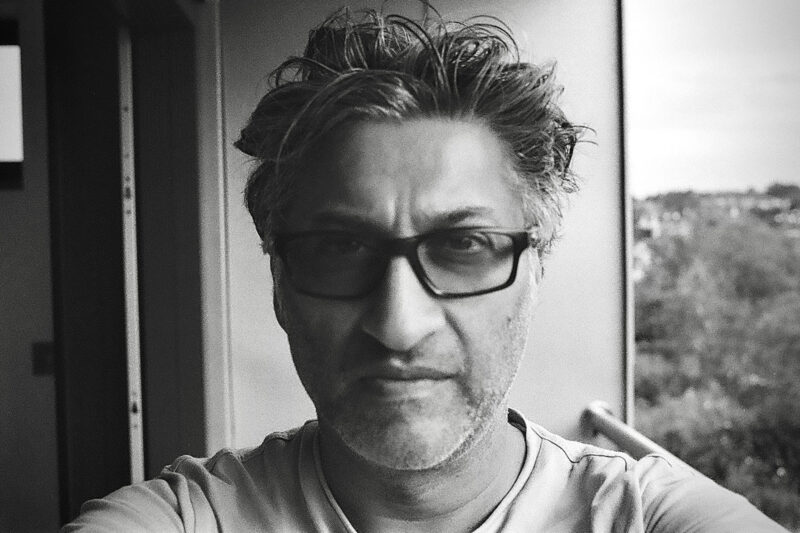
Throughout his career, Asif Kapadia has used the language of film to examine the subtle mechanisms of control and vulnerability. With his latest project, 2073, he extends his documentary craft into a hybrid narrative format, blurring the line between imagined futures and unfolding realities. Set in a post-catastrophe world, the film centers on a woman named Ghost who navigates a ruined urban landscape haunted by surveillance and authoritarian governance. What distinguishes the film is not just its premise but its integration of real-world footage to anchor the fictional narrative in present-day evidence.
Asif Kapadia’s decision to incorporate current imagery—from police crackdowns in Hong Kong to environmental disasters—lends 2073 an immediacy that distances it from speculative fiction. The film interrogates political structures through the lens of lived experience, drawing on Kapadia’s personal encounters with profiling and state scrutiny. These formative moments, dating back to post-9/11 airport detentions, find expression in the film’s underlying mood of paranoia and displacement. His storytelling remains anchored in emotional truth, where the documentary segments serve both as testimony and warning.
2073 is a political work that dares to challenge the very platforms distributing it. Despite its criticism of tech figures such as Jeff Bezos and Elon Musk, the film is available through major streaming services, a contradiction that underscores the blurred boundaries between critique and complicity. Kapadia’s choice to include such commentary—even at the risk of limiting market appeal—reveals a deliberate commitment to confronting power. This aligns with his broader career ethos, which has consistently centered the marginalized, whether in Senna or Amy.
Integral to 2073 is the presence of real journalists and activists. By highlighting figures like Maria Ressa and Rana Ayyub, Kapadia connects global instances of suppression, drawing parallels between democratic backsliding in the Philippines, India, and the West. These individuals, targeted for their work and principles, mirror the fictional journey of Ghost, a character attempting to live unseen and unrecorded. This approach transforms the film into both an artistic statement and a historical archive.
Beyond narrative innovation, the film also demonstrates Kapadia’s evolving visual style. His longstanding aversion to traditional talking-head formats gives way to a more fragmented, montage-driven form, in which emotion is conveyed through silence, archival layers, and visual memory. This style, deeply cinematic yet grounded in fact, reflects his belief that storytelling can not only document but also shape cultural understanding. In this, he follows the path set by earlier works but with a sharper political edge.
Kapadia’s upbringing in Hackney, surrounded by political conversations and diverse experiences, is integral to his work. His mother’s illness, his decision to avoid standardized assessments, and his early exposure to political literature have all contributed to a deep skepticism of hierarchical structures. 2073 continues this trajectory, embodying a clear rejection of complacency. The film’s message, conveyed through both form and content, is that the future depicted has already begun—and ignoring it is no longer an option.
The layering of voices and timelines in 2073 offers not only a warning but also a reflection of current global tensions. Kapadia’s film is not just about an imagined dystopia; it is about the fragility of democratic systems under technological control. It invites audiences to consider how quickly liberty can erode under the pressures of fear, data exploitation, and disinformation. In a media landscape often softened for mass appeal, Kapadia’s work is notable for its willingness to confront, provoke, and persist.




